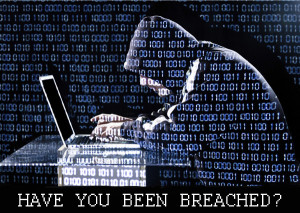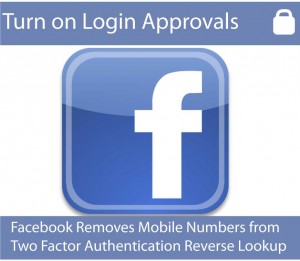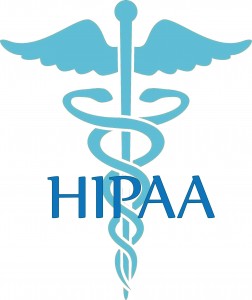By DynaPass Inc. on October 26th, 2015
DynaPass Inc. is a provider of out-of-band two factor authentication online security solutions via a mobile phone.

2014 saw a record number of data breaches, the United States alone having experienced 783 breaches with over 85 million confirmed record exposures according to the San Diego, California based Identity Theft Resource Center. If that was not bad enough, between January and October of this year, the U.S. has been plagued by more than 600 reported data breaches and the confirmed exposure of over 175 million records. How certain are you that your log-in credentials are safe?
In an effort to get the public to recognize the importance of cyber-security, the Department of Homeland Security and President Obama went out of their way to designate October as National Cyber Security Awareness Month in an attempt to get the public to acknowledge the threat posed by cyber criminals. It’s not just the genius hacker types that we need to be concerned about. According to the FBI’s Blog “sometimes using the least sophisticated means necessary cyber criminals can obtain passwords”. How many of your own passwords could be easily guessed based on your interests or significant dates in your life? How many of your different accounts use the same or similar passwords that could cause one compromised password snowball out of control? One example of a readily available cybercrime tool is a keystroke logger, a piece of software that will run in the background of your computer and log all your keystrokes to send back to the criminal. With a log of all your keystrokes, criminals can easily figure out your passwords. Keep in mind, this is just one of many similarly easy ways by which criminals may discover your passwords. If passwords aren’t secure anymore, what are we supposed to do to protect our data?
The FBI’s first advisory post for National Cyber Security Awareness Month put it quite clearly, “it is important to add another level of protection between the cyber criminal and you…Two Factor Authentication adds that 2nd layer of protection.” Two Factor Authentication, or 2FA, is a technology that increases security by incorporating requirements beyond something you know (your password). The second factor of authentication can be any number of things, a biometric test, a physical security token, your physical location data, or even something as easy as a secondary password sent to your mobile phone. At first glance it may seem that many of these 2FA options are equal. However, the real world truth is that the cost of setup and maintenance of hardware for biometrics and security tokens can be prohibitive, while physical location requirements just may not be feasible for many applications. These issues can make implementing two-factor authentication a daunting task.
DynaPass’ patented method provides 2FA by utilizing users mobile phones to send them a one-time use password via text message. By leveraging something so commonly used as a text message, DynaPass can increase your authentication confidence without adding maintenance costs or unnecessary complications to workflow.
5 Tips for Cyber Security
In the spirit of National Cyber Security Awareness month, we have provided a few tips to keep you safe online.
1. Think before you click. Healthy suspicion and being a bit skeptical will go far in keeping you secure.
2. Use a well-documented, reliable security suite. Good anti-virus software and browser/network security are essential.
3. Keep your software updated. Updates often include security upgrades that close newly discovered weaknesses.
4. Use strong passwords and avoid using the same password across different sites.Your best option is long and seemingly random string of characters. Password managers can help you keep different passwords in order.
5. And always remember, if two-factor authentication is available, make sure that you have it enabled.




